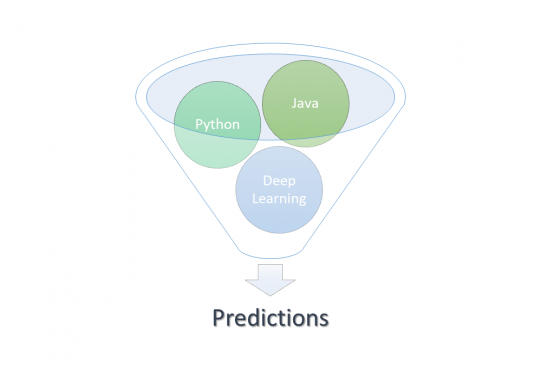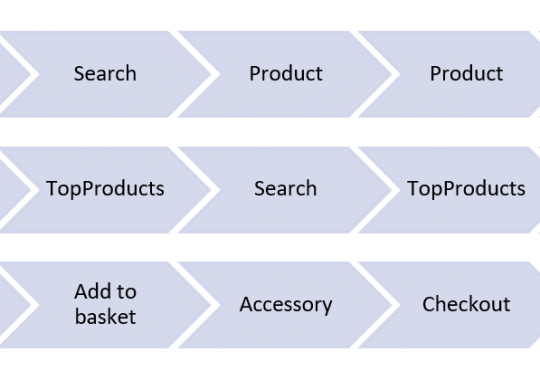How to use additional information from labels to train a plausibility mode Working with predictive deep learning models in practice often comes with the question how far we can trust the predictions of that model. While there are several frameworks…
deep learning
While the most articles about deep learning are focusing at the modeling part, there are also few about how to deploy such models to production. Some of them (especially on towardsdatascience) say “production”, but they often simply use the unoptimized…
When working with pretrained deep learning models in TensorFlow the input tensor is often fixed and changing a tensor from the beginning of the graph is by design painful. In this post I want to show how to replace tensors…
Recently, I wrote a post about the tools to use to deploy deep learning models into production depending on the workload. In this post I will show in detail how to deploy a CNN (EfficientNet) into production with tensorflow serve,…
This is a list of resources for ml/ai engineers and data scientists
Understanding customer intent by clicks can improve customer journeys and enhance the overall user experience in eCommerce. An understanding of individual customers allows to customize the online experience in several ways. For example, it is possible to show them additional…
After weeks of training and optimizing a neural net at some point it might be ready for production. Most deep learning projects never reach this point and for the rest it’s time to think about frameworks and technology stack. In…
There is a lot of confusion about return_state in Keras. What does ist actually return and how can we use it for stacking RNNs or encoder/decoder models. Hopefully this post makes it a bit clearer. Cell state vs Hidden state…
In this post I will show how to use styleGANs on larger images to create customizable images of watches. Additionally, I show how to apply styleGAN on custom data.
This post is about how to snapshot your model based on custom validation metrics. First we define the custom metric, as shown here. In this case we use the AUC score: import tensorflow as tf from sklearn.metrics import roc_auc_score def…








